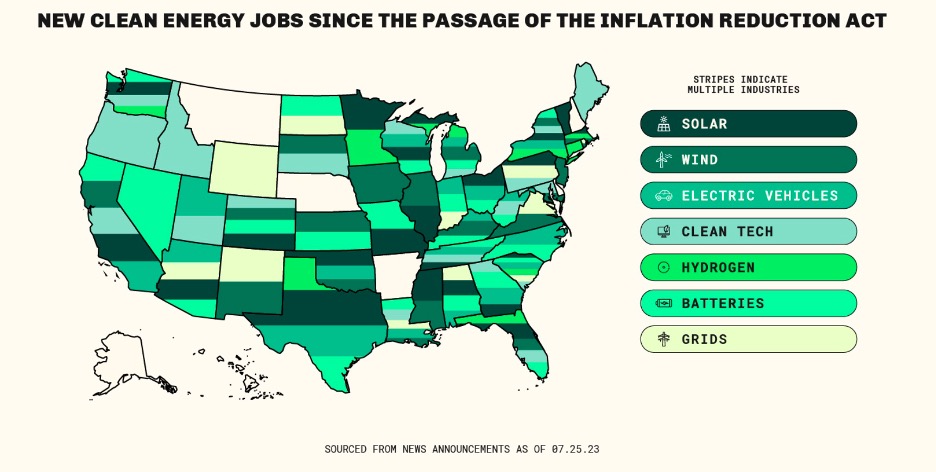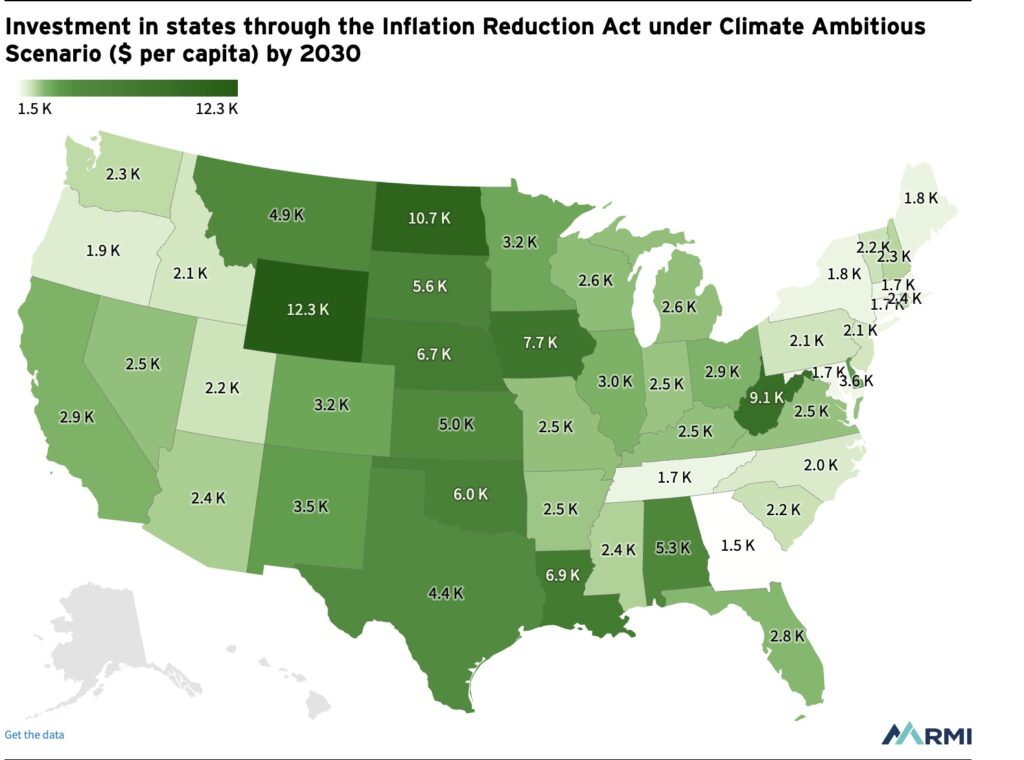By Patrice ‘Pete’ Parsons
TXSES Executive Director
Another day, another dozen or more articles about the relentless positive impact of the Investment Recovery Act (IRA) on all of us. Admittedly, it’s hard keeping up with the daily eye-popping stats: tens of thousands of new jobs in every state; millions of dollars for home energy improvements including solar and retrofits for greater energy efficiency, reducing energy costs; billions in investments. Not that we’re complaining. Rather, call us gleeful as we blow out the candles on IRA’s first birthday cake.
Without question, the IRA is the most ingenious climate bill in U.S. history ever in five areas: manufacturing, electric transportation, green buildings, decarbonizing electricity and finance. The big winners? You, me and our other 334 million U.S. citizens. With the goal of powering the U.S. grid with 80% clean electricity and cutting climate pollution by 40% by 2030, the IRA marshaled an estimated $370 billion in federal incentives. That’s billion with a b.

Source: Climate Power
Here in Texas, we’ve got our own impressive stats. According to our friend Doug Lewin, in just the past year, Texas can tout more than a dozen projects representing thousands of jobs and billions in investment. Here’s the short list:
- 183 jobs in Plano to manufacture EV fast chargers;
- 500 jobs in Houston to manufacture solar panels;
- 1300 construction jobs, and 300 permanent jobs, in Wilbarger County for green hydrogen, all part of a $4 billion investment; and
- A $40 million solar investment in San Antonio.
Last week, Utility Drive reported French utility company Engie, bought Houston-based battery storage company Broad Reach Power, a deal including 350 MW of operating grid-scale battery storage and 880 MW under construction in ERCOT’s service territory.

There are so many extraordinary aspects of the IRA. One of them, direct pay, enables entities that don’t pay federal taxes (i.e., non-profits, schools, city and county governments, tribal communities, rural electric coops) to access clean-energy tax credits directly. Further, these non-profits can combine other federal funding sources like the EPA’s Green Bank (created by IRA) to increase their options. The more than 900 rural electric coops can use IRA funds and USDA grants and loans under two IRA programs. The potential for clean energy projects nationwide is staggering.
Don’t know about you, but my head is delirious with the reality of a clean energy America. And in my lifetime. I’m rolling up my sleeves. You?
